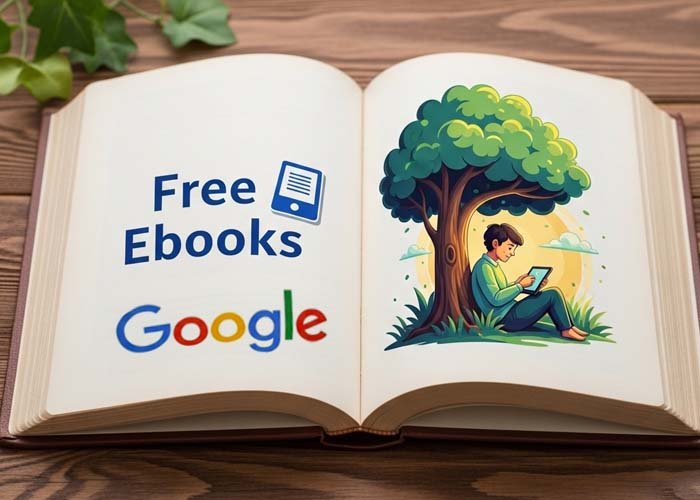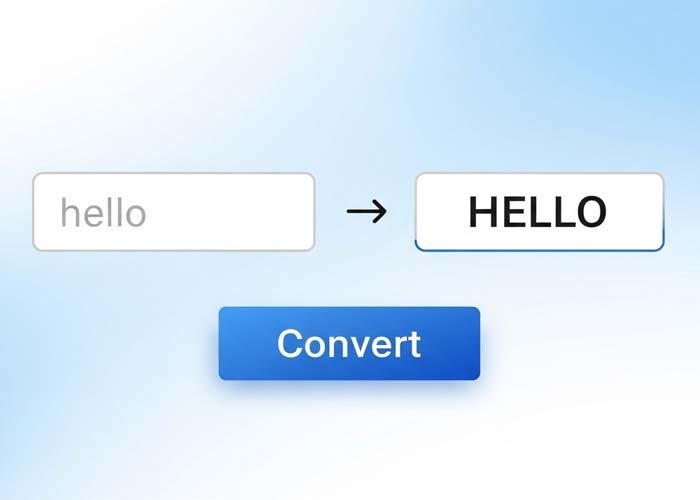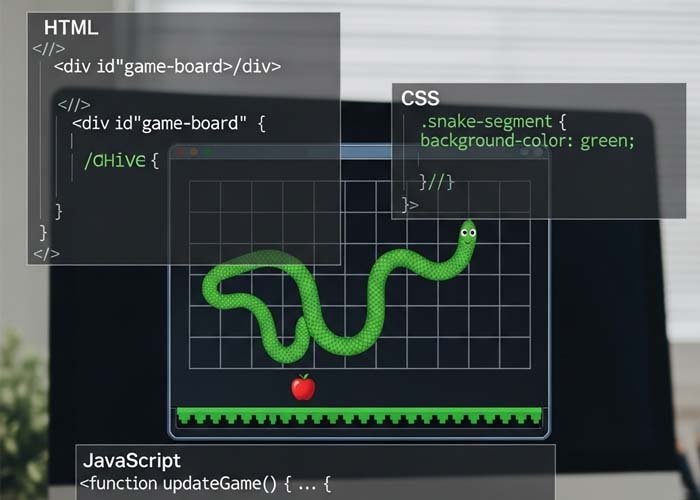Cosmic-Themed Toggle Switch Using Only HTML & CSS
Creating visually engaging UI components with just HTML and CSS is both fun and effective. In this tutorial, we’ll explore a beautifully animated cosmic-themed toggle switch. This design not only looks stunning but also uses clever CSS techniques to create a glowing “moon and stars” effect that transforms into a glowing orange “sun” when activated.
Whether you’re building a dark mode switch, a creative settings toggle, or just want to impress users with micro-interactions, this toggle switch is a perfect fit.
How the Toggle Switch Works
This switch is built using a basic HTML structure—a label element wrapping a checkbox input and a span. The input is hidden, and the span is styled with CSS to look and behave like a switch slider. The real power lies in the CSS animations and gradients that bring the switch to life.
Key Visual Features
Animated Background with Stars
The switch uses multiple radial gradients layered on top of each other to simulate twinkling stars. These stars slowly move diagonally and change their brightness, giving a realistic cosmic night sky effect.
Slider Design Mimicking the Moon
The slider circle is styled with gradients and shadows to resemble the moon. Additional smaller circles (called craters) are added inside using pseudo-elements to enhance realism.
Smooth and Realistic Animation
Transitions are powered by custom cubic-bezier easing, giving the motion a natural feel. When the switch is toggled, the slider smoothly slides across the track, and the color changes from a cool gray moon to a warm glowing sun.
Light Mode Indicator
When toggled on, the moon transitions into an orange sun, complete with a glowing effect using
box-shadow. This state is perfect for representing light mode or daytime.
Why This Toggle Switch Is Unique
Unlike basic toggle switches, this version goes beyond functional—it tells a visual story. The deep purple background, twinkling stars, and glowing celestial body create a sense of depth and motion without using any JavaScript. It’s a great example of what’s possible with creative use of modern CSS.
Ideal Use Cases
This kind of switch can be used in:
Night mode and day mode toggles
Creative or space-themed websites
Interactive landing pages or portfolios
Educational projects to teach advanced CSS animations
It’s fully responsive, visually appealing, and enhances user engagement with minimal code.
Learn and Customize It Yourself
You can change:
Colors of the moon and sun
Animation speed of stars
Sizes and positions for responsiveness
Add more pseudo-elements for extra detailing
This toggle is built purely with HTML and CSS, making it perfect for beginners and advanced developers who want to improve their UI skills.
Final Thoughts
This animated toggle switch shows just how much can be accomplished with CSS alone. From starry backgrounds to lunar surface textures and dynamic transitions, it’s a perfect example of combining creativity and code.
This code uses HTML and CSS only — no JavaScript included.
Copyright – 2025 alex_4849 (Alex)
Permission is freely granted to anyone who obtains a copy of this software and its accompanying documentation files (referred to as “the Software”), allowing them to use, copy, modify, merge, publish, distribute, sublicense, and even sell copies of the Software. Additionally, users are allowed to permit others to use the Software under these same terms.
It is required that the above copyright notices and this permission notice be included in all versions or significant portions of the Software.
Please note, the Software is provided “as is”, without any form of warranty—express or implied. This includes, but is not limited to, warranties of merchantability, fitness for a specific purpose, or non-infringement. Under no circumstances shall the original authors or rights holders be held responsible for any claims, damages, or other liabilities that may arise from the use of the Software, whether through legal action, negligence, or otherwise.
All code on Freeofcosts.com is reviewed before publishing. Each post includes a live code editor with real-time preview, so you can experiment and learn by doing. Most code is open-source and free to use or modify under respective licenses.



